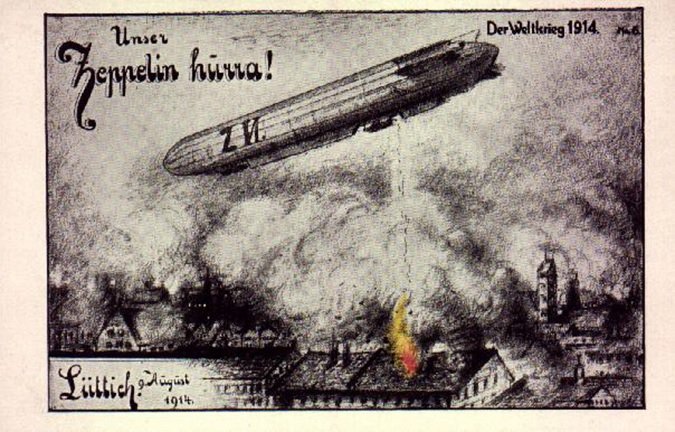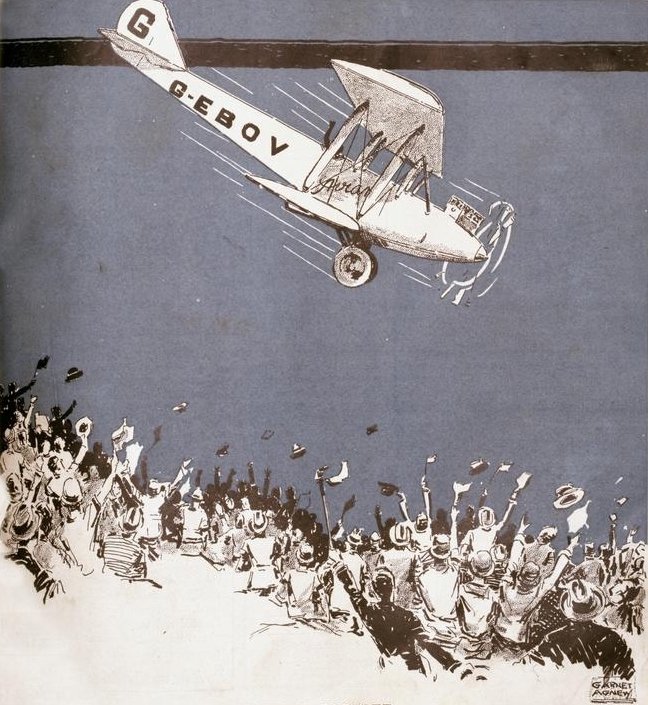Looking for the mothership
The current drone panic on the eastern US seaboard – which started out in New Jersey about a month ago, but has spread to Connecticut, Maryland, Massachusetts, New Hampshire, New York, Pennsylvania, and even US bases in the UK and Germany – is, of course, hardly unprecedented. Not only does it bear obvious similarities to the 2019 […]










